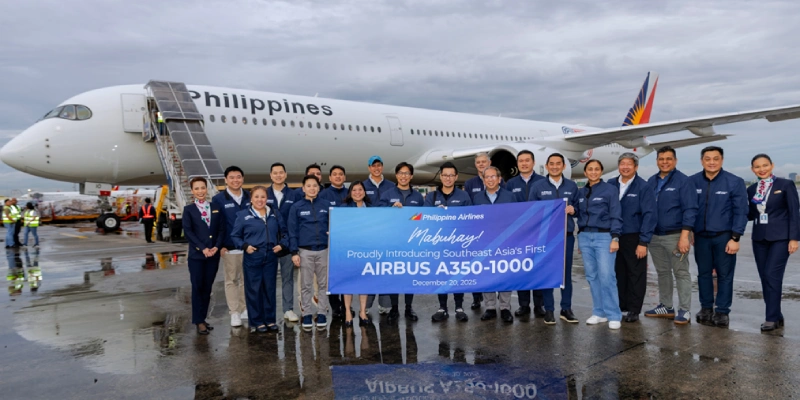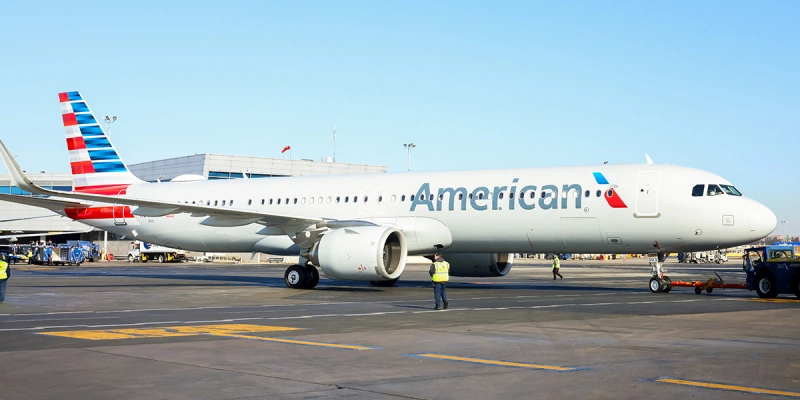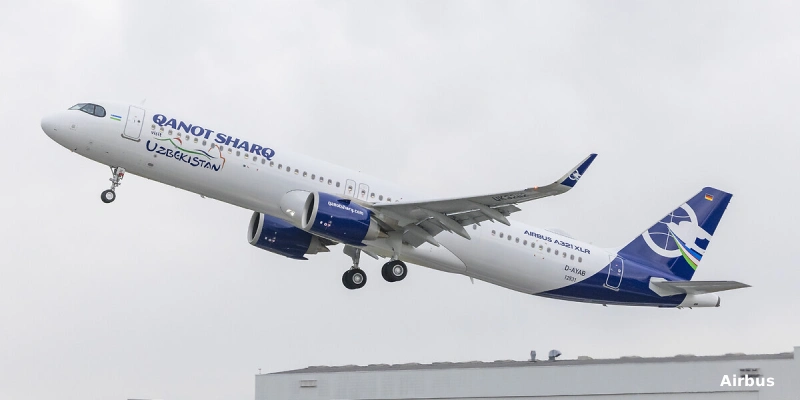Four flight attendants who were aboard the Alaska Airlines 737 MAX 9—involved in a serious incident in January 2024—have filed lawsuits against U.S. manufacturer Boeing. They allege physical and emotional harm following the mid-flight explosion of a cabin panel.
The cabin crew, who according to their attorney acted bravely by prioritizing passenger safety despite their fear, are seeking compensation for past and future economic damages, including physical injuries, mental anguish, and other costs resulting from the incident.
“Each of the four flight attendants acted courageously, following their training and putting passenger safety first while fearing for their lives,” said Tracy Brammeier, the plaintiffs’ attorney. “They deserve full compensation for this traumatic, life-altering experience.”
→ Unresolved Engine Anti-Ice System Issue Delays 737 MAX 7 and MAX 10 Certification Until 2026
The Lawsuit: Direct Allegations Against Boeing
The lawsuits, filed separately on Tuesday in King County Superior Court in Seattle, accuse Boeing of negligence and failing to exercise due care in the production, sale, and repair of the 737 MAX model and its components.
Court documents state that “Boeing knew or should have known about the quality control issues present in its 737 MAX production line.”
So far, Boeing has chosen not to make any public statements regarding the lawsuits.
Systemic Failures: NTSB Criticisms
In July, the National Transportation Safety Board (NTSB) revealed damning findings: Boeing failed to provide adequate training, supervision, or guidance to prevent the failure. The company’s safety culture was also heavily criticized.
One of the most serious issues identified by the NTSB was the omission of four key bolts during the assembly of the exploded panel—an error that went unnoticed in internal checks.
Additionally, the FAA was called out for its “ineffective oversight,” further fueling doubts about the control and certification system in the U.S. aviation industry.
Related Topics
Philippine Airlines Receives Its First Airbus A350-1000
American Airlines Debuts Airbus A321XLR on Transcontinental Route Between New York and Los Angeles
Uzbekistan’s Qanot Sharq Receives Its First Airbus A321XLR
China Airlines Orders Five Additional Airbus A350-1000 Jets

Plataforma Informativa de Aviación Comercial con 13 años de trayectoria.




